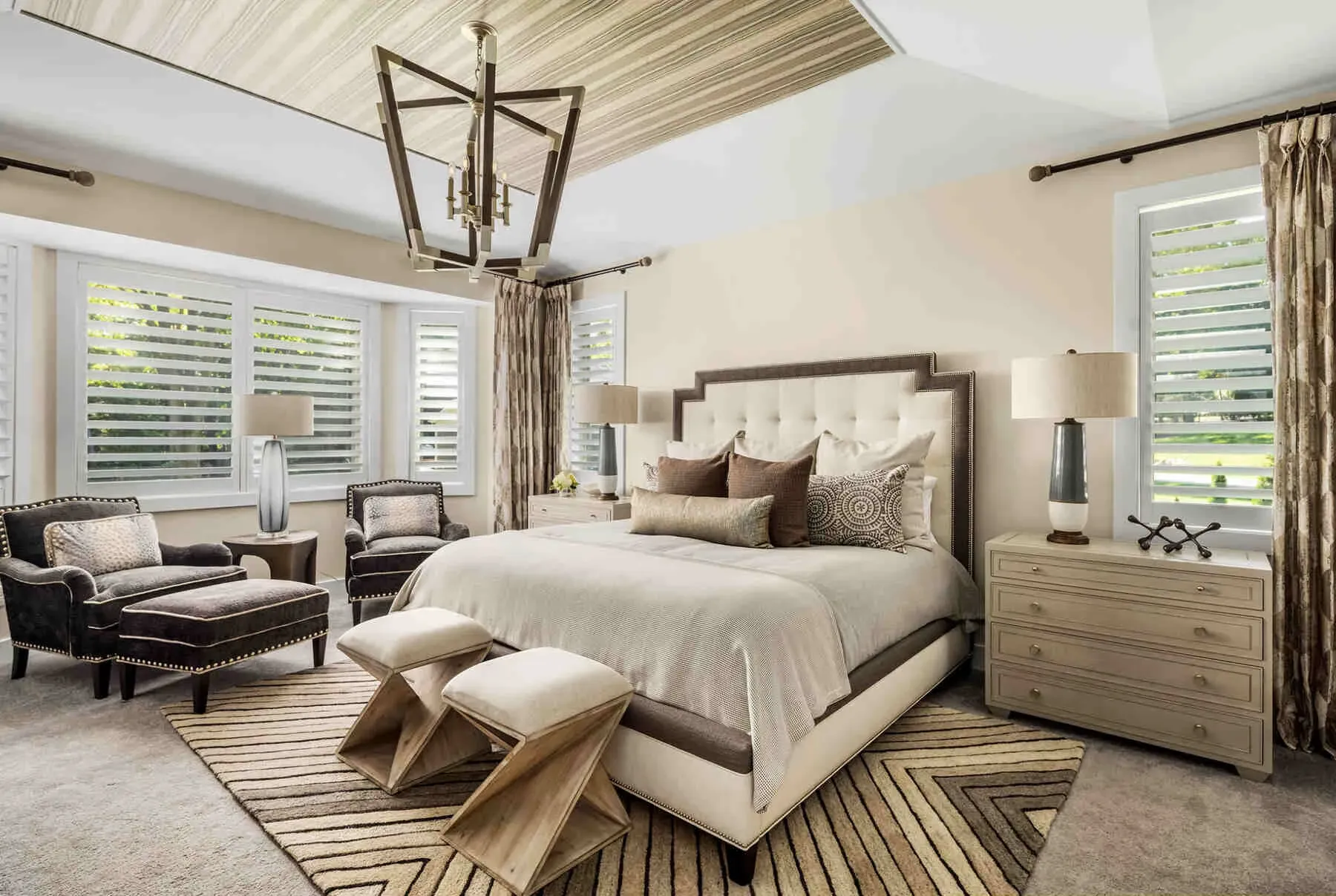Table of Contents
Ever walk into your bedroom and feel like you're navigating a poorly designed maze? Furniture blocking the closet, the bed shoved against a wall that just feels wrong, nowhere comfortable to sit and put on socks? You're not the only one. A bedroom is supposed to be a retreat, a place to decompress, but a clunky layout can make it anything but. Figuring out practical bedroom furniture arrangement ideas isn't some abstract design challenge; it’s about making your personal space functional and calming. It’s about setting the stage for rest, not frustration. Forget those staged photos that look pretty but aren't livable. We're talking about real-world solutions for real-world rooms.
Planning Your Bedroom Furniture Arrangement Ideas: Getting Started
Planning Your Bedroom Furniture Arrangement Ideas: Getting Started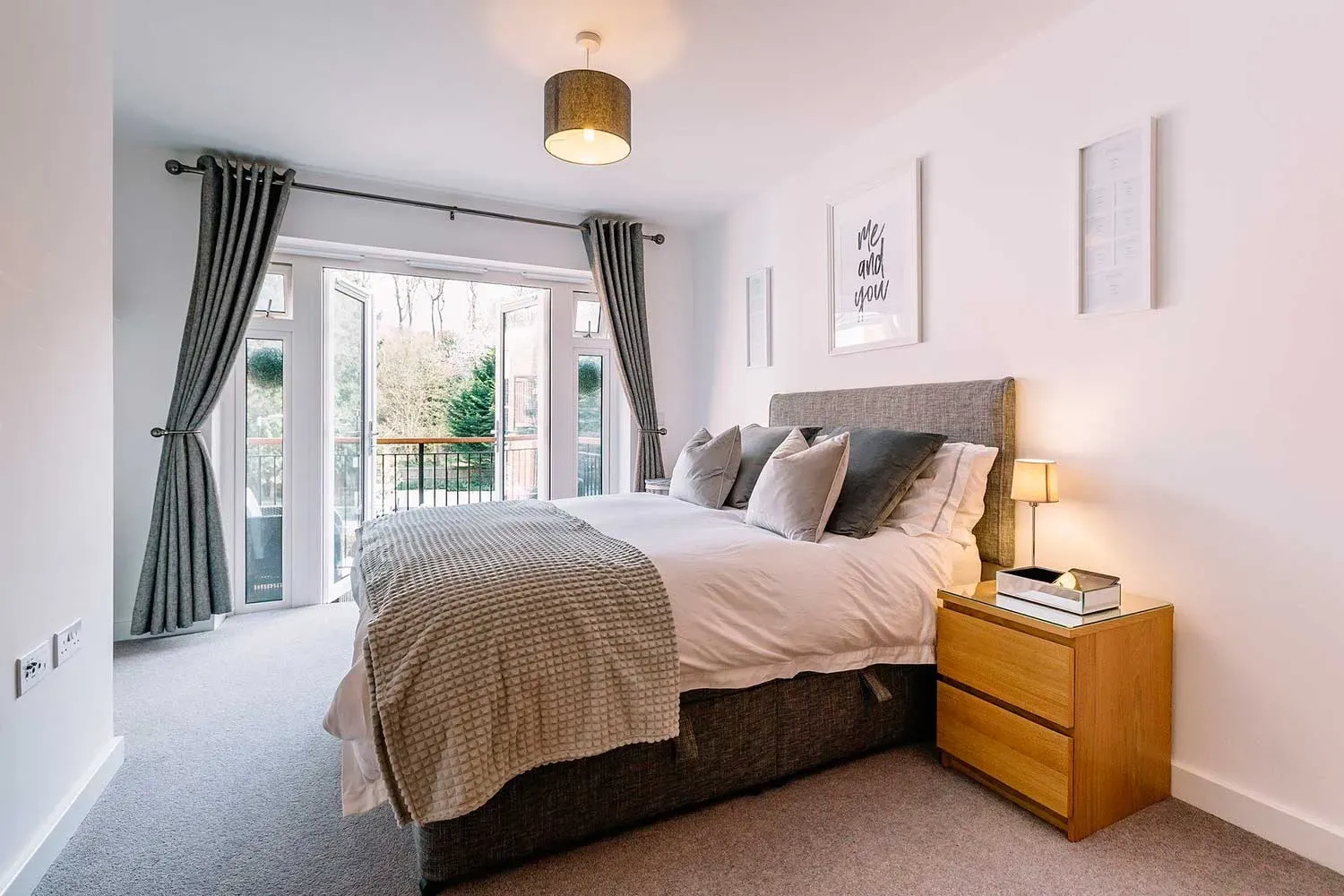
First Things First: What Do You Actually Do Here?
Alright, let's get real about your bedroom. Before you even think about pushing a dresser, you need to figure out how you *actually* use this space. Is it strictly for sleeping? Do you read here? Maybe watch TV? Got a dedicated spot for folding laundry (don't worry, I won't tell)? Are you trying to squeeze in a small workspace? Understanding the primary functions beyond just "bed goes here" is the absolute bedrock of effective planning your bedroom furniture arrangement ideas. Thinking through your daily habits in the room prevents you from creating a layout that looks good in a picture but trips you up every morning.
Measure Twice, Move Once (Seriously)
grab a tape measure. This isn't glamorous, but it's non-negotiable. Measure the room's dimensions: length, width, and wall heights. Note where the windows are (and their height from the floor), doors (and which way they swing!), closets, vents, radiators, and electrical outlets. Then, measure your furniture. Get the length, width, and height of everything you plan to put back in: bed frame, mattress, nightstands, dresser(s), armchair, bookshelf, whatever it is. Knowing these numbers cold saves you a ton of frustration later. It's the difference between a plan that works and one that requires three strong friends and a chiropractor.
- Measure room dimensions (L x W x H).
- Mark windows, doors, closets, vents, outlets.
- Measure all furniture pieces (L x W x H).
- Note door swing direction.
- Check window sill height relative to furniture.
Map It Out: The Paper or Digital Blueprint
With measurements in hand, it's time to make a map. You can go old school with graph paper and cutouts scaled to your furniture dimensions. It’s surprisingly effective for visualizing. Or, hop online; there are plenty of free room planning tools that let you drag and drop furniture shapes to test different layouts digitally. This step in planning your bedroom furniture arrangement ideas is crucial. It lets you play around with possibilities without breaking a sweat or scratching your floors. See how much space you'll have around the bed, if the dresser drawers can fully open, or if that armchair will block the only path to the closet. It’s like playing Tetris, but the stakes are your sanity and sleep quality.
Where to Put the Bed? The Core of Bedroom Furniture Arrangement Ideas
Where to Put the Bed? The Core of Bedroom Furniture Arrangement Ideas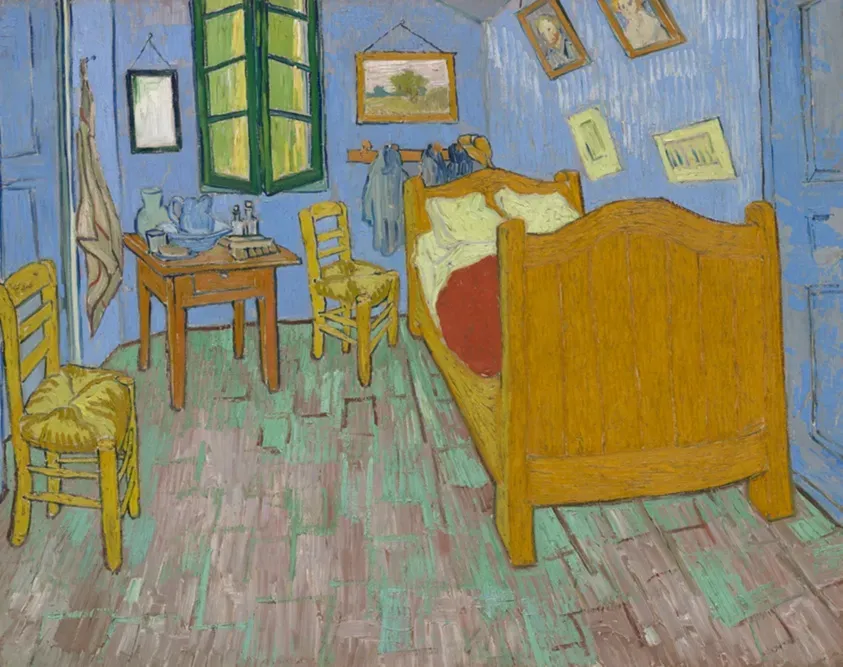
The Power Position: Facing the Door (Mostly)
you've measured everything like a pro. Now, the single most impactful decision in your bedroom furniture arrangement ideas journey: the bed. This isn't just about finding a spot where it fits; it's about finding the *right* spot. For most people, the ideal is what's often called the "commanding position." This means the bed is placed against a solid wall, ideally the one you see first when you walk into the room. You should be able to see the door without being directly in line with it. Think about it: you feel safer and more in control when you can see who's coming and going. Shoving the bed against a wall where the door is behind you just feels... unsettling. It's the difference between feeling like the king of your castle and feeling like you might get ambushed by a dust bunny.
Breaking the Rules (Sometimes): Windows and Other Walls
While the commanding position is the go-to, sometimes your room layout just laughs in the face of convention. Maybe the main wall has a giant window, or the only solid wall is tiny. Can you put a bed under a window? Sure, but consider drafts, light waking you up, and whether the headboard will block the window itself. A bed on an angled wall can look interesting but might make nightstand placement tricky. What about floating the bed in the middle of the room? It's a bold move that works in larger spaces, creating a dramatic focal point, but it eats up serious floor space and makes vacuuming a competitive sport. The key is to weigh the pros and cons against your own comfort and how you actually use the room, not just what looks good in a magazine spread of bedroom furniture arrangement ideas.
Consider these bed placement options and their potential pitfalls:
- Commanding Position: Bed against solid wall, seeing the door. (Pro: Security, balance. Con: Requires a suitable wall.)
- Under a Window: (Pro: Natural light, view. Con: Drafts, light disruption, headboard height issues.)
- Against a Side Wall: (Pro: Can open up floor space. Con: Often feels less balanced, can make getting in/out awkward on one side.)
- Floating in Room: (Pro: Dramatic focal point, unique layout. Con: Requires large room, limits walkways, needs power for lamps.)
- Angled Wall: (Pro: Can add architectural interest. Con: Tricky furniture placement, potentially awkward headboard fit.)
Arranging the Rest: Dressers, Nightstands, and Seating Layouts
Arranging the Rest: Dressers, Nightstands, and Seating Layouts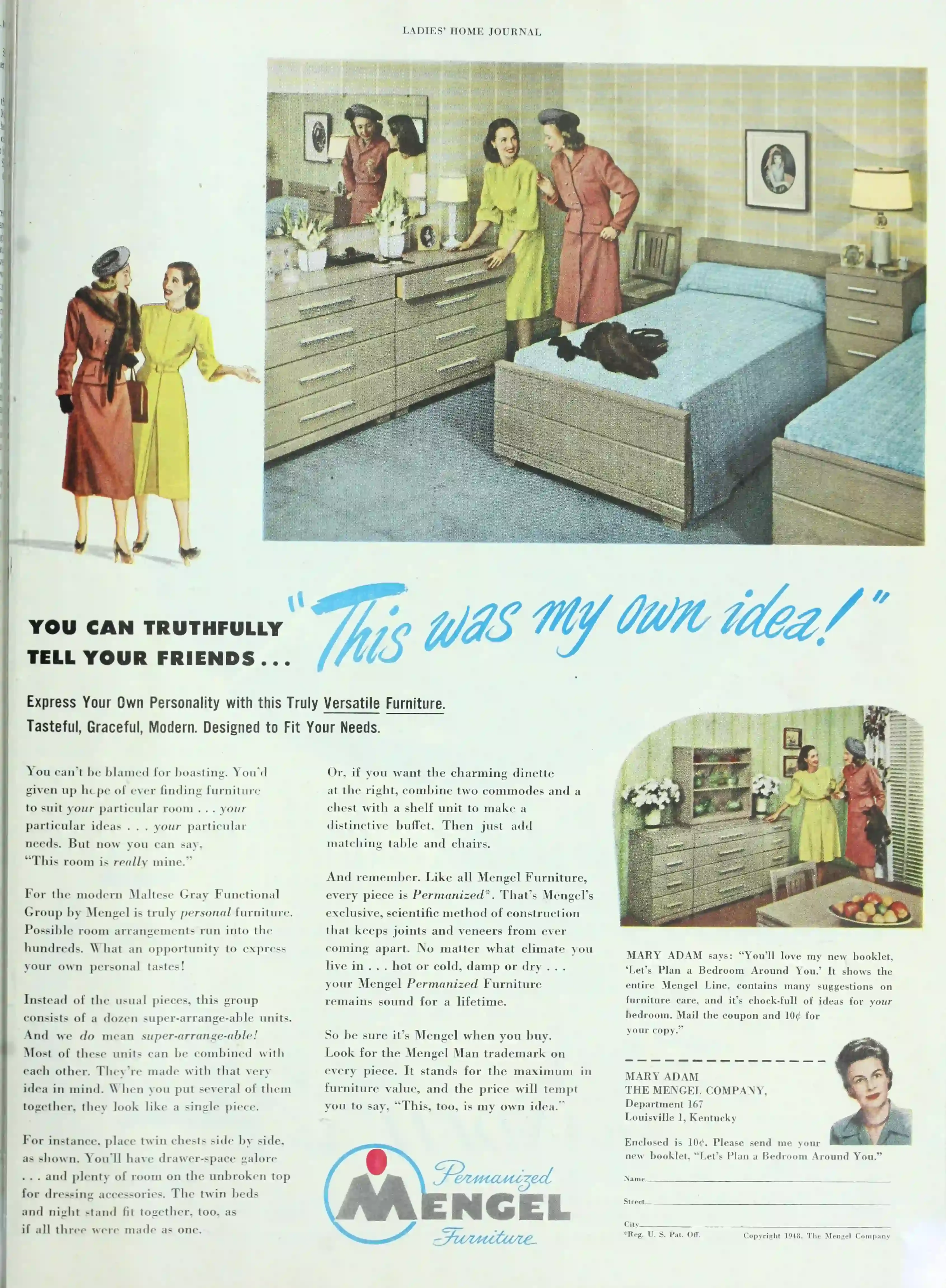
Nightstand Necessities and Dresser Decisions in Bedroom Furniture Arrangement
With the bed locked in place, the rest of your bedroom furniture arrangement ideas fall into formation around it. The nightstand, often an afterthought, is actually mission-critical. It needs to be within easy reach from the bed for essentials like a lamp, alarm clock, phone, and that book you keep meaning to finish. Aim for a height roughly level with your mattress top. Too low, and you're practically doing yoga to grab your water glass; too high, and it looks awkward. Place one on each side if you share the bed, or just one if you don't, tucking it snugly but not so close you bang your elbow. Dressers are typically the next largest item. The obvious spot is often a solid wall opposite or adjacent to the bed. Ensure you have enough clearance to fully open the drawers without hitting the bed frame or another piece of furniture. Nobody enjoys doing a sideways shuffle just to get a pair of socks.
Adding Seating and Ensuring Flow with Smart Layouts
If your room size allows, incorporating seating elevates the space from just a sleep zone to a multi-functional retreat. A small armchair in a corner with a reading lamp, a bench at the foot of the bed, or even a comfy pouf can make a huge difference. When arranging the rest of your bedroom furniture, think about flow. Can you easily walk from the door to the closet, from the bed to the dresser, without bumping into things? Leave enough space for main pathways – ideally at least two to three feet of clear floor space. Don't just cram everything against the walls; sometimes pulling a piece slightly away can create a more dynamic feel and better access. Consider the visual weight of your furniture too; balance larger pieces across the room rather than clumping them all on one side. It prevents the room from feeling lopsided, like a ship listing heavily to port.
Here are some practical considerations for placing secondary furniture:
- Nightstand Height: Should be close to mattress height for easy reach.
- Drawer Clearance: Verify dresser placement allows drawers to open fully.
- Walkway Space: Maintain at least 2-3 feet of clear path for easy movement.
- Seating Purpose: Define if seating is for reading, dressing, or just visual appeal.
- Visual Balance: Distribute large or heavy-looking pieces evenly throughout the room.
Small Room, Big Impact: Clever Bedroom Furniture Arrangement Ideas
Small Room, Big Impact: Clever Bedroom Furniture Arrangement Ideas
Maximizing Every Inch in Compact Spaces
Let's face it, not everyone lives in a palatial suite. Small bedrooms are a reality for many, and they present a unique puzzle when it comes to smart bedroom furniture arrangement ideas. You don't have the luxury of vast open spaces, so every piece needs to earn its keep and every layout decision is magnified. Cramming too much in makes it feel like a storage unit, not a sanctuary. The goal isn't to fit everything you own, but to fit the essentials in a way that feels open and functional, not like the walls are closing in.
Thinking vertically is your best friend here. Tall, narrow dressers or shelving units draw the eye upwards, making the room feel taller than it is. Consider furniture with hidden storage – ottoman benches that open up, bed frames with drawers underneath. Wall-mounted nightstands free up floor space and create a clean look. Mirrors are non-negotiable; placed strategically, they bounce light around and create the illusion of more space. Don't be afraid to use smaller-scale furniture designed for compact living, rather than trying to shoehorn oversized pieces into a tight spot.
- Go vertical with tall storage.
- Choose furniture with built-in storage.
- Mount nightstands on the wall.
- Use mirrors to enhance light and space.
- Select furniture scaled for smaller rooms.
Making it Flow: Practical Tips for Your Bedroom Layout
Making it Flow: Practical Tips for Your Bedroom Layout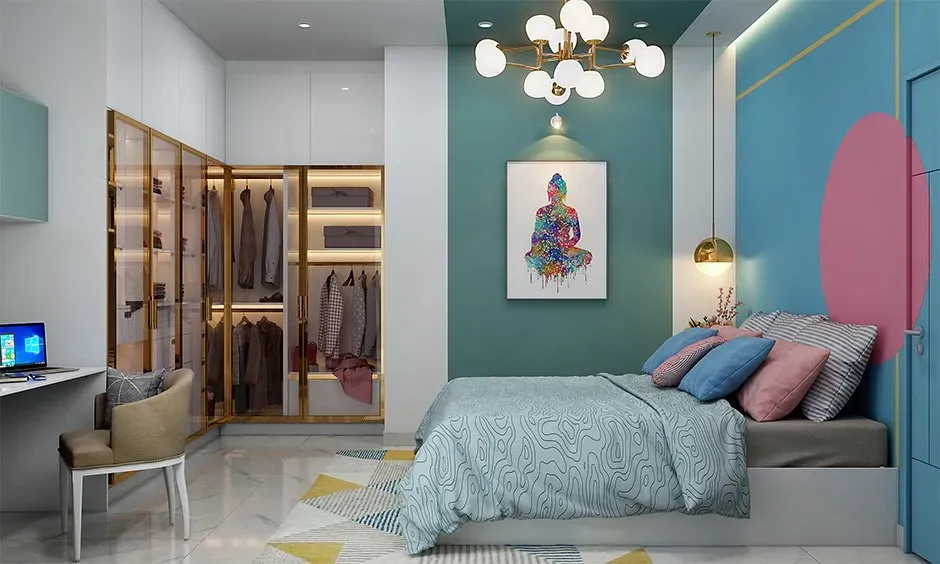
Achieving Seamless Movement Around Your Space
So, you've got the big pieces wrestled into place – the bed, the dresser, maybe a chair. Now, let's talk about the invisible stuff: the pathways. Good bedroom furniture arrangement ideas aren't just about where things sit; they're about how you move between them. Think of it like traffic in a city. You need main arteries and smaller side streets. Your main path is usually from the door to the bed, and from the bed to the closet or dresser. Aim for at least 2 to 3 feet of clear space for these routes. Trying to squeeze through a narrow gap between the bed and a wall multiple times a day is just asking for bruised shins and a bad mood. Test your layout by actually walking through it. Can you easily open drawers or closet doors? Can you walk around both sides of the bed (if applicable) without doing a crabwalk? If it feels cramped or awkward, something needs to shift, even just a few inches can make a world of difference.
Traffic Zone | Minimum Clearance | Why It Matters |
|---|---|---|
Main Walkways (Door to Bed, Bed to Closet/Dresser) | 2-3 feet (24-36 inches) | Prevents awkward shuffling, reduces bumps |
Around Bed Sides | 2 feet (24 inches) ideal, 18 inches minimum | Allows easy bed making and getting in/out |
In Front of Dresser/Closet | 2-3 feet (24-36 inches) | Allows drawers/doors to open fully without obstruction |
Balancing Visuals and Adding Your Personal Touch
With the practical flow sorted, let's talk about how the room feels visually. Your bedroom furniture arrangement ideas also need to consider balance. Don't put all your heavy, dark furniture on one side of the room; it'll feel lopsided, like the room is about to tip over. Distribute the visual weight. A large dresser on one wall can be balanced by the bed and a substantial nightstand on the opposite or adjacent wall. Consider the height of your furniture too. Mix high and low pieces to create visual interest. Once the layout is solid, layer in your personality with decor. Art on the walls, a rug that anchors the space, throws, pillows, and personal items turn a functional layout into *your* space. These aren't just afterthoughts; they're the elements that make the room feel finished and inviting, reflecting who you are, not just where you sleep.
Making Your Bedroom Work: Final Thoughts on Arrangement
So, you've wrestled with the bed, found a logical spot for the dresser, and maybe even carved out a tiny reading nook. The point isn't to achieve some magazine-cover perfection, but to create a room that actually functions for you. Good bedroom furniture arrangement ideas aren't about magic; they're about logic and paying attention to how you actually use the space. Stop tripping over the laundry hamper and start enjoying a room where everything has a purpose and isn't actively hindering your movement. It might take a bit of shifting, maybe even a few false starts, but getting the layout right makes the difference between a room you tolerate and a room you genuinely relax in. Don't overthink it; just move things until it feels right, and stop apologizing for wanting a bedroom that isn't a chaotic obstacle course.
